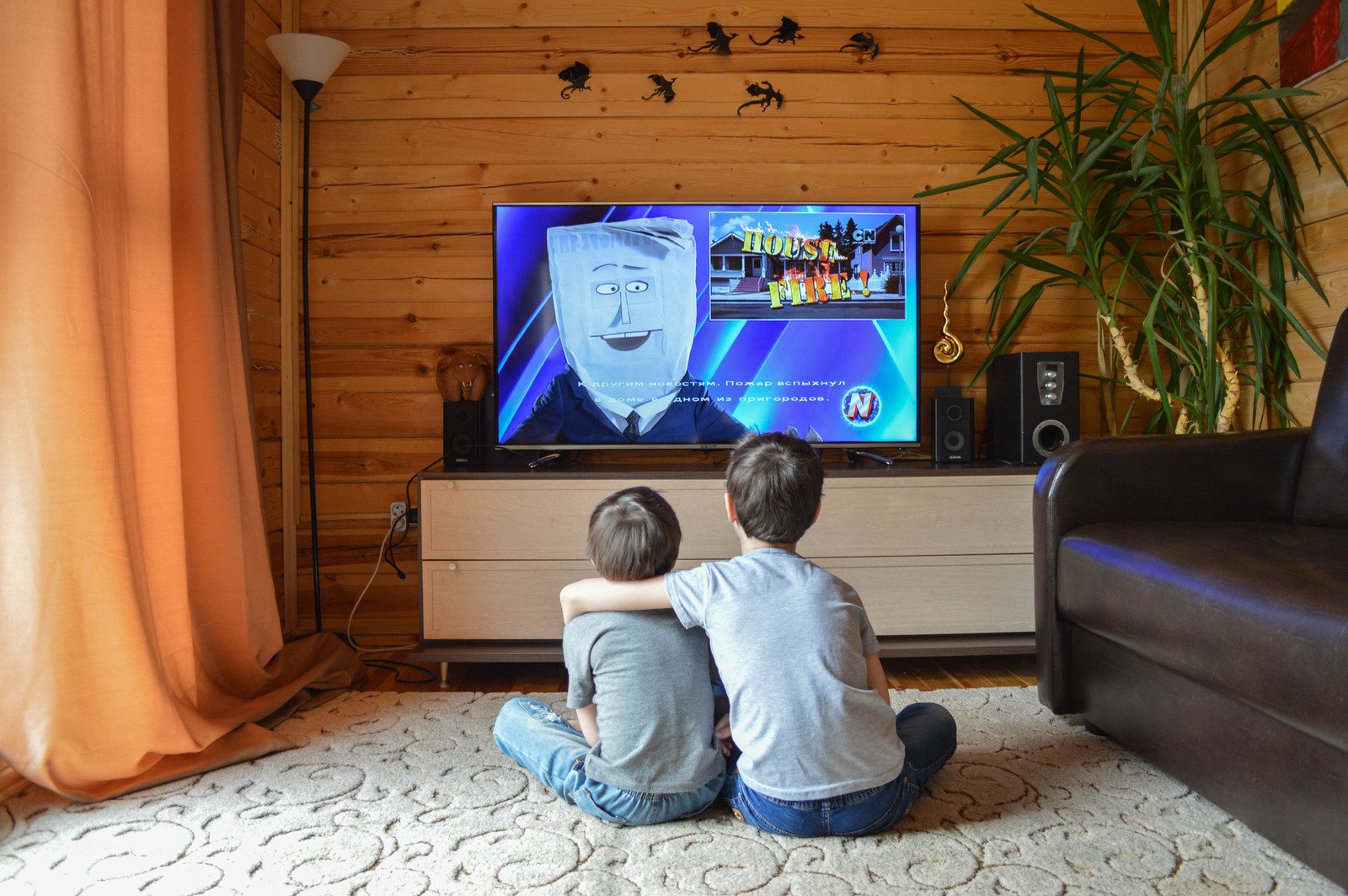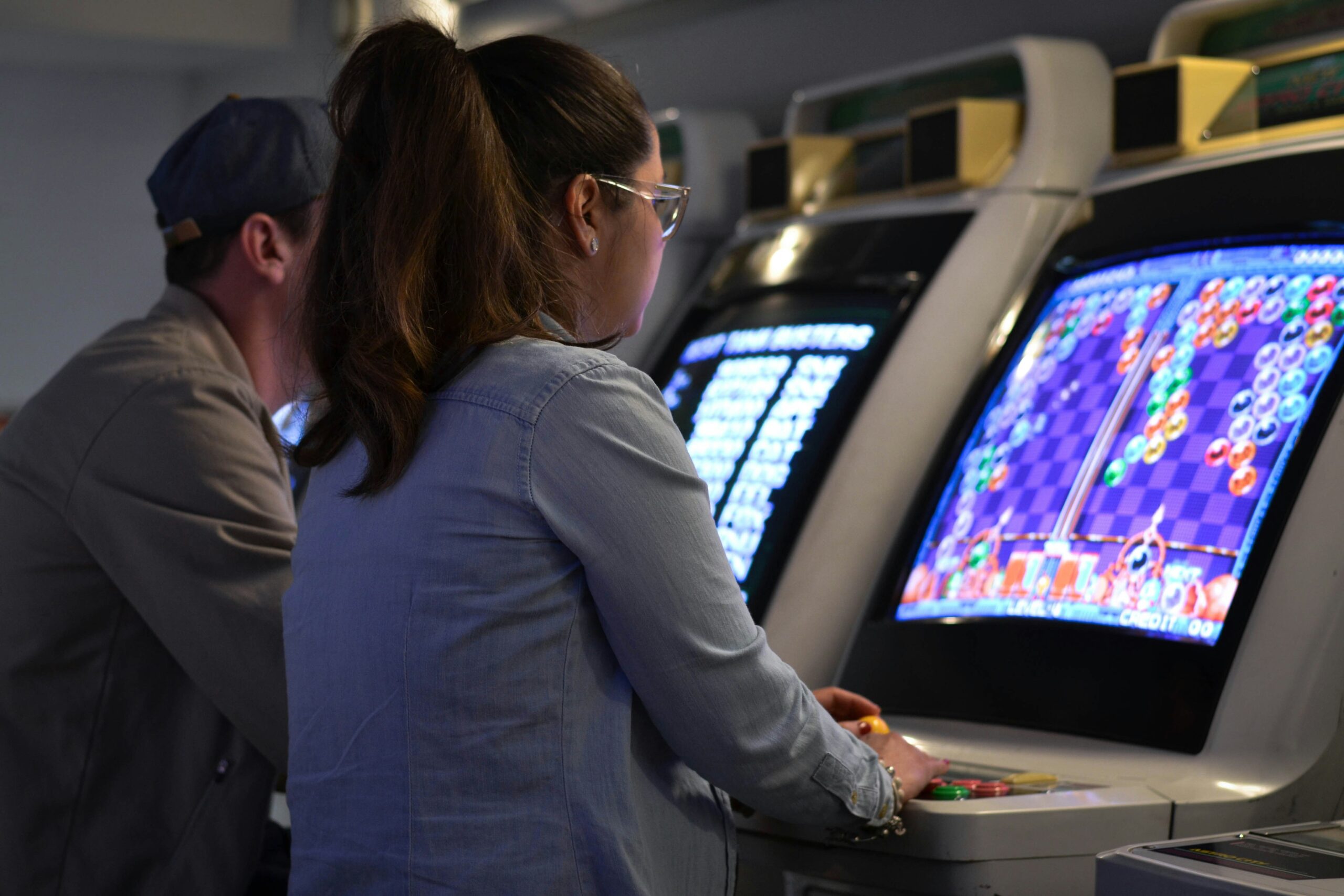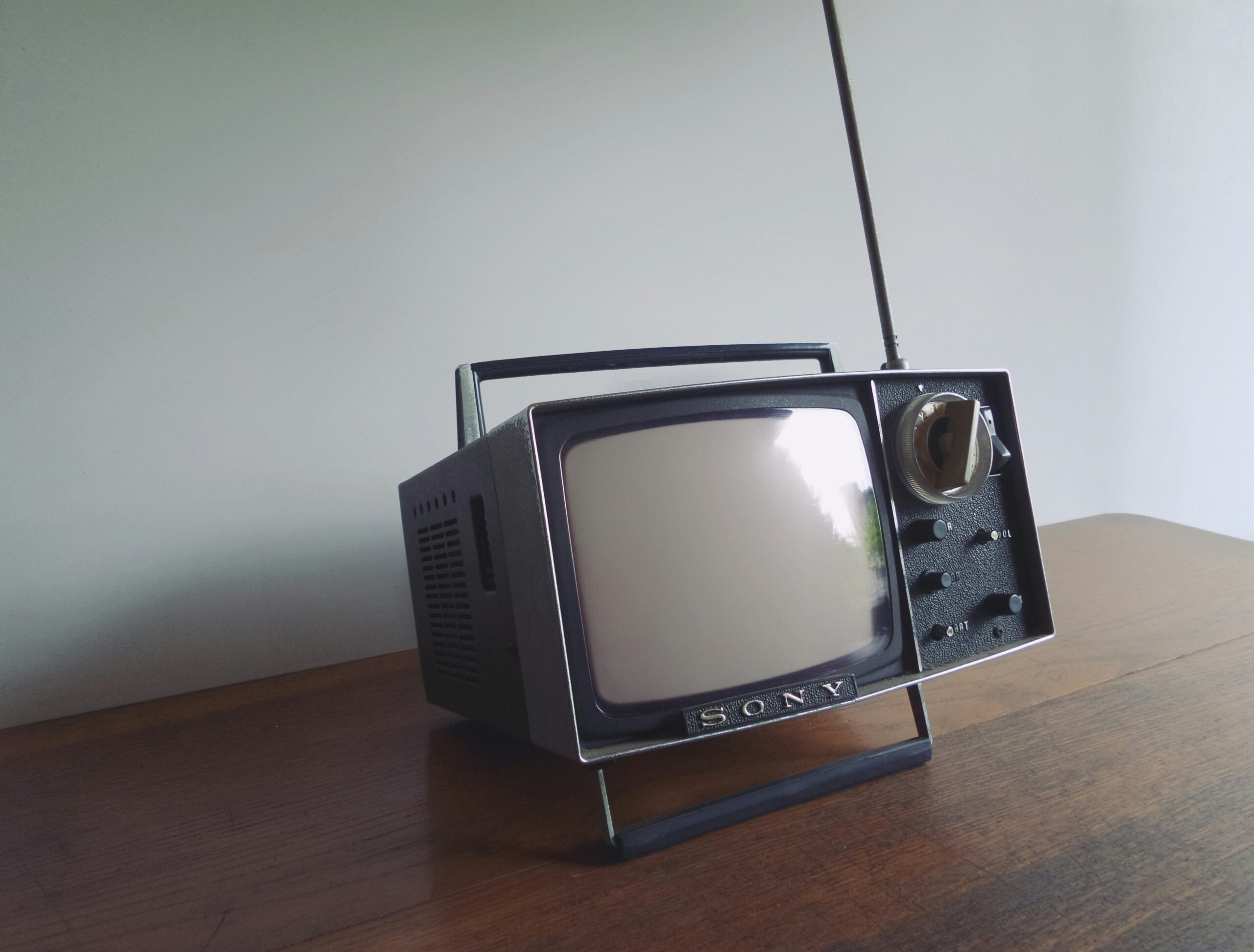The Invention of Television has a very interesting history. In this article, we’ll break down the invention of television and explore some of the difficulties that were faced as well as some insights into how these challenges were overcome.
An Early History Of Television
Television has a long and interesting history, dating back to the late 1800s. The earliest forms of television were developed in the late 1800s and early 1900s, and used mechanical or electromechanical systems to display images. These early systems were not very practical or efficient, and it wasn’t until the development of electronic television in the 1920s that the technology began to take off.
The first electronic television systems were developed in the 1920s, using vacuum tubes to amplify electrical signals. These early systems were bulky and expensive, but they paved the way for the development of smaller and more affordable consumer television sets in the 1930s. The first commercial television broadcasts began in the 1930s, and by the 1940s, television had become a popular household appliance.
Today, television is an integral part of our lives, providing entertainment, news, and information. It’s hard to imagine a world without television, but it’s important to remember that this technology is relatively new in the grand scheme of things.
The Invention of TV
The television has come a long way since its humble beginnings in the late 1800s. The first commercialized television sets were created in the early 1900s, but it wasn’t until after World War II that TV really took off.
It’s hard to believe that such a commonplace household item was once a cutting-edge piece of technology. But the truth is, the history of television is fascinating. Here’s a brief look at how this incredible invention came to be.
In 1884, Paul Nipkow, a German engineer, patented the first electromechanical television system. His design used a spinning disc with a series of holes punched into it. These holes would intercept light signals and convert them into electrical impulses that could be displayed on a screen.
However, it wasn’t until 1907 that Scottish inventor John Logie Baird successfully demonstrated the first working television system. His design used mirrors and lenses to reflect and focus light onto an electrically sensitive surface. This surface would then produce an image that could be viewed on a screen.
Baird’s system was eventually improved upon by American inventor Philo Farnsworth. In 1927, Farnsworth developed the first fully electronic television system. This system used an electron beam
How Television Has Evolved Over The Years
Television has come a long way since its early days as a bulky piece of machinery that only aired black and white images. Today, we take for granted the sleek, flat-screen TVs that deliver high-definition images and sound. But it wasn’t always this way…
In the early 1900s, people were just beginning to experiment with using electricity to create moving images. One of the first people to do this was Scottish inventor John Logie Baird. In 1925, he gave the first public demonstration of his “televisor”, which could broadcast images of moving objects.
However, Baird’s system was far from perfect. The images were fuzzy and prone to static interference. It wasn’t until the late 1920s that American engineer Philo T. Farnsworth developed a new type of picture tube that would eventually make Baird’s system obsolete.
Farnsworth’s picture tube, known as the “Image dissector”, used a beam of electrons to scan an image onto a phosphorescent screen. This resulted in a much sharper image than Baird’s system. Farnsworth’s invention laid the groundwork for modern television.
What Are The Benefits and Drawbacks Of Watching TV?
Television has become one of the most popular forms of entertainment over the past few decades. But what are the benefits and drawbacks of watching TV?
On the plus side, TV can be a great way to relax and unwind after a long day. It can also be educational, with many shows now offering insights into other cultures and lifestyles. And, of course, it’s a great way to stay up-to-date with current affairs and the latest news stories.
However, there are also some negatives associated with watching TV. For example, it can be harmful to your eyesight if you spend too long in front of the screen. It can also be addictive, meaning that you can easily lose track of time and end up spending hours glued to the screen.
So, what’s the verdict? Ultimately, it’s up to you to decide whether the benefits or drawbacks of watching TV outweigh each other. If you find that you’re spending more time than you’d like in front of the television, then it might be time to cut back on your viewing habits.
What Is So Bad About TV?
We all know that too much television is bad for our health. It can lead to obesity, eye problems, and a sedentary lifestyle. But what is it about television that makes it so harmful?
There are a few key things to consider. First, television is a passive activity. We sit in front of the TV and let it wash over us. This means that we’re not getting up and moving around, which is important for our physical health.
Second, TV is often heavily processed and high in sugar, salt, and fat. This is not the case with all programming, but it’s certainly true of many popular shows and movies. This junk food can lead to obesity and other health problems.
Finally, television takes up a lot of time. If we’re watching TV, we’re not doing other things that might be more beneficial for us. We’re not spending time with family or friends, we’re not exercising, and we’re not enriching our minds with new experiences.
So, next time you reach for the remote control, remember the potential downside of TV viewing. It might be time to turn off the tube and
Conclusion
It is fascinating to think about all of the people and events that had to come together in order for television to be invented. It is truly a marvel of modern technology. We hope you have enjoyed learning about the history behind this incredible invention. Thank you for reading!













